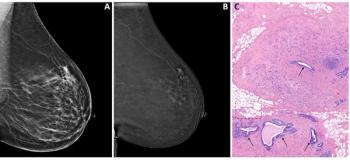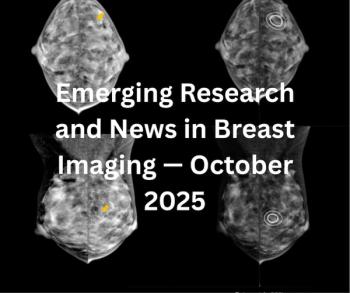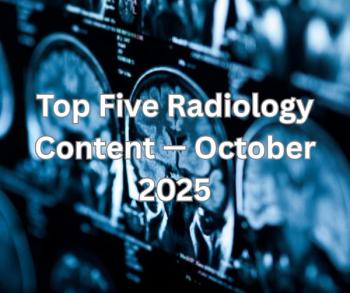
FDA approves Selenia system for full-field digital mammography
Hologic teams with R2 to integrate CADSome three months after receiving an approvable letter from the FDA, Hologic has won final approval from the regulatory agency to sell its advanced digital mammography system in the U.S. The
Hologic teams with R2 to integrate CAD
Some three months after receiving an approvable letter from the FDA, Hologic has won final approval from the regulatory agency to sell its advanced digital mammography system in the U.S. The company made the announcement Oct. 2.
Its Lorad Selenia is the first digital mammography system based on an amorphous selenium flat-panel detector, which directly converts x-rays into electrical signals. Competing products use amorphous silicon flat panels that depend on a scintillator and photodiodes, which create and record flashes of light resulting from x-ray impacts. The company contends that direct conversion preserves image sharpness by eliminating degradation due to light scatter.
In the future, the Lorad Selenia may be outfitted with computer-aided detection software from R2 Technology. Just days prior to the FDA approval, Hologic and R2 announced an agreement to customize CAD technology for use with the digital mammography system. The companies are preparing an application to the agency for approval to sell the combined technologies.
Selenia is FDA approved for breast cancer screening and diagnosis, the same clinical applications as traditional screen-film mammography systems. Its images can be interpreted on either hard-copy film or the Selenia soft-copy review workstation.
The company will begin marketing the product immediately, according to Jack W. Cumming, Hologic president and CEO. The first systems will ship this quarter.
Cumming hopes to leverage Lorad's installed base of some 10,000 mammography systems for the sale of whole systems and digital upgrades. More than 3000 installed Lorad M-IV screen-film mammography systems can be converted to direct-to-digital capability in the field, he said.
Newsletter
Stay at the forefront of radiology with the Diagnostic Imaging newsletter, delivering the latest news, clinical insights, and imaging advancements for today’s radiologists.




























